Size: 1 packet
Balsam (Impatiens balsamina), also known as Garden Balsam, Rose Balsam, or Chinese Balsam, is a popular annual flowering plant cherished for its vibrant, colorful blooms. It’s relatively easy to care for and can be grown both indoors and outdoors.
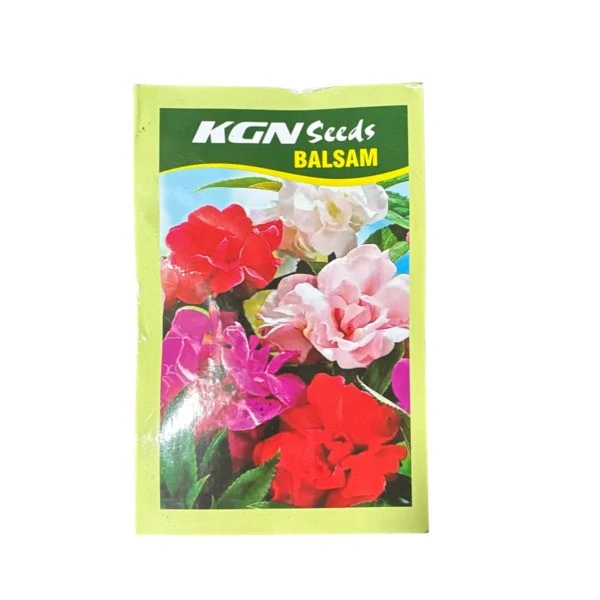
Here’s a comprehensive guide to balsam plant care:
1. Sunlight:
- Balsam thrives in partial sun to full sun. This means it needs at least 4-6 hours of filtered sunlight daily.
- While it can tolerate full sun, especially in the mornings, it’s best to protect it from the intense afternoon sun, which can cause wilting or leaf scorch.
- If growing indoors, a south or east-facing window is ideal.
2. Soil:
- Balsam prefers fertile, well-drained soil rich in organic matter.
- It can grow in various soil types, including clay, sand, and loamy soils, with a pH range of 5.6 to 7.5 (slightly acidic to neutral).
- Avoid heavy or compact soil. Amend the soil with compost or well-rotted manure to improve fertility and drainage.
- For container planting, use a good quality commercial potting mix.
3. Watering:
- Balsam needs consistent moisture. Water regularly to keep the soil evenly moist but never waterlogged.
- The top inch of soil should feel dry before watering again.
- Avoid both underwatering (which causes wilting and browning leaves) and overwatering (which can lead to root rot).
- Watering from below, using a soaker hose or drip line, can help prevent powdery mildew.
- Plants in containers or hanging baskets will generally need more frequent watering as they dry out faster.
4. Temperature and Humidity:
- Balsam is a tropical and subtropical plant, so it prefers warm temperatures (ideally between 15°C – 25°C or 60-75°F).
- It is not tolerant of frost and should be protected from cold temperatures.
- While it prefers a humid environment, it can tolerate dry air if the soil is kept consistently moist.
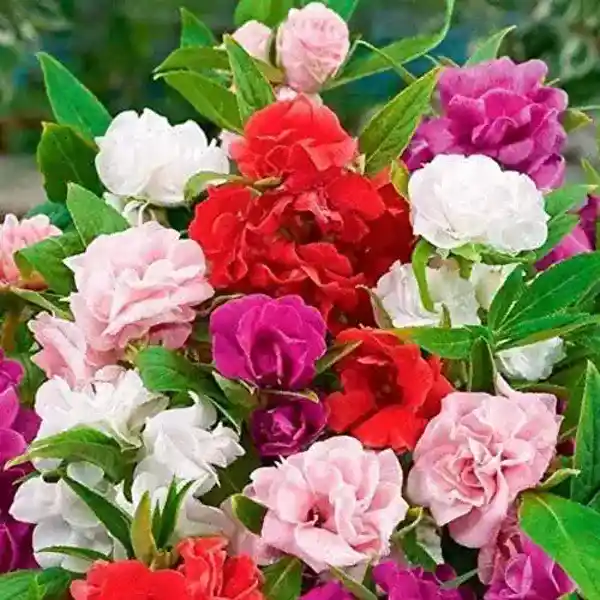
5. Fertilization:
- Balsam is a moderate feeder. During the growing season (spring through fall), apply a balanced fertilizer (like a 10-10-10 or 14-14-14 NPK ratio) every 2-4 weeks.
- You can also use organic fertilizers like compost tea, fish emulsion, or even kitchen scraps like banana peels (for potassium), crushed eggshells (for calcium), and coffee grounds (for nitrogen).
- Avoid high-nitrogen fertilizers, as they promote foliage growth over flowers.
- For potted plants, incorporate a slow-release fertilizer into the potting mix or sprinkle some on the soil after planting, as nutrients can leach out quickly.
6. Pruning:
- Pruning is generally not necessary, but you can pinch back the stems when the plant is young to encourage bushier growth and more blooms.
- Remove any damaged leaves or branches to avoid infections and maintain plant health.
7. Planting and Propagation:
- Balsam is usually grown from seeds.
- You can start seeds indoors 6-8 weeks before the last expected frost date. Light helps with germination, so don’t bury the seeds too deep (just a thin dusting of soil).
- Transplant seedlings outdoors when the soil has warmed up and all danger of frost has passed.
- Space plants 12-18 inches (30-46 cm) apart, or grow a single plant in a 25 cm (10-inch) pot for container culture. Overcrowded plants may not bloom as well.
- Balsam can self-seed readily in ideal conditions.
8. Pests and Diseases:
- Balsam plants are relatively trouble-free and resistant to many common garden pests.
- However, they can occasionally be affected by:
- Pests: Aphids, spider mites, and whiteflies. Inspect your plants regularly and treat with insecticidal soap or neem oil if necessary.
- Diseases: Powdery mildew (white spots on leaves) and root rot (due to overwatering). Ensure good air circulation and avoid watering the foliage to prevent powdery mildew. Proper drainage is crucial to prevent root rot.
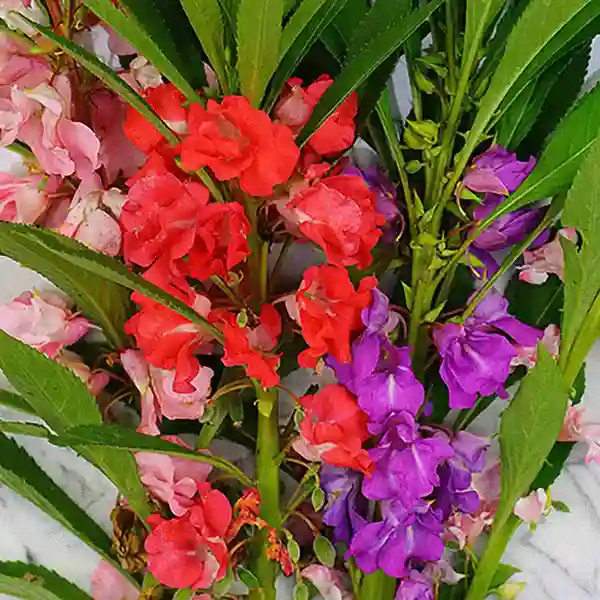
Tips for Success:
- Mulch: Apply a layer of organic mulch around the base of the plant to help retain soil moisture, keep roots cool, and suppress weeds.
- Container Growing: Balsam does very well in containers and hanging baskets, but remember they will need more frequent watering. Ensure pots have adequate drainage holes.
- Warm Weather: Balsam thrives in warm weather and will continue to bloom profusely from early to mid-summer until the first frost.
By following these care tips, you can enjoy a beautiful display of balsam flowers in your garden or home!
Only logged in customers who have purchased this product may leave a review.

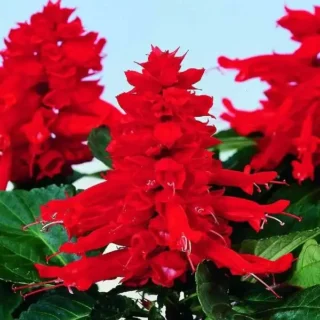
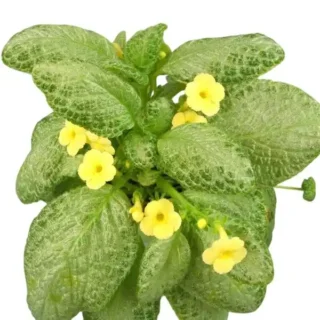
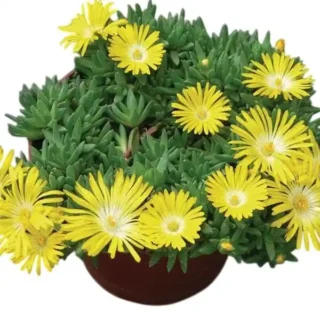
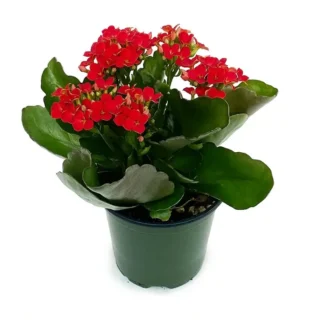
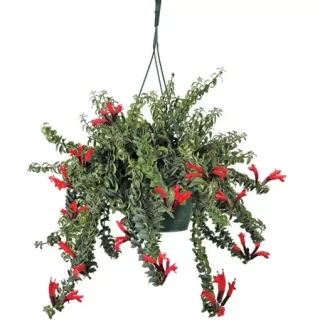
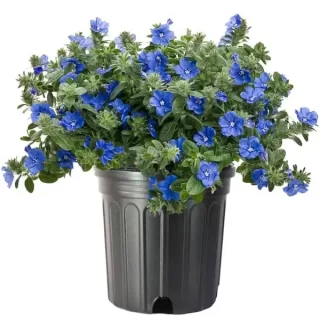
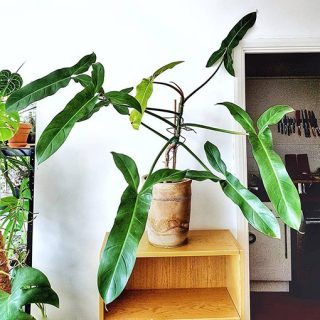
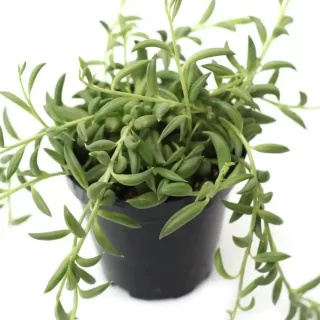
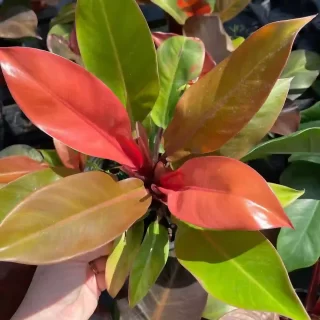
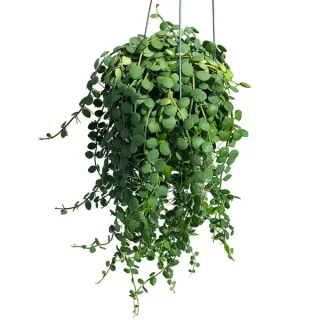
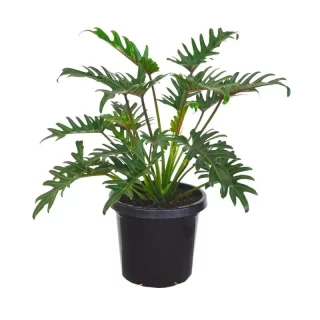
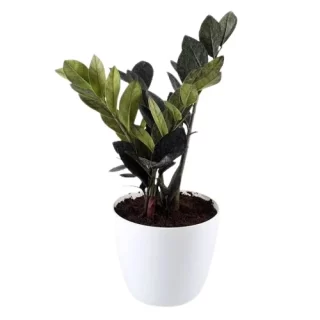
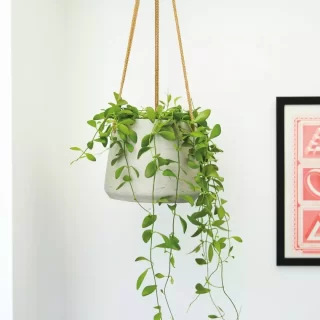
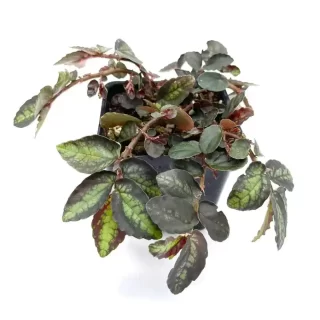
 If you need any assistance, I'm always here. Have you found what you were looking for?
If you need any assistance, I'm always here. Have you found what you were looking for?
Reviews
There are no reviews yet.